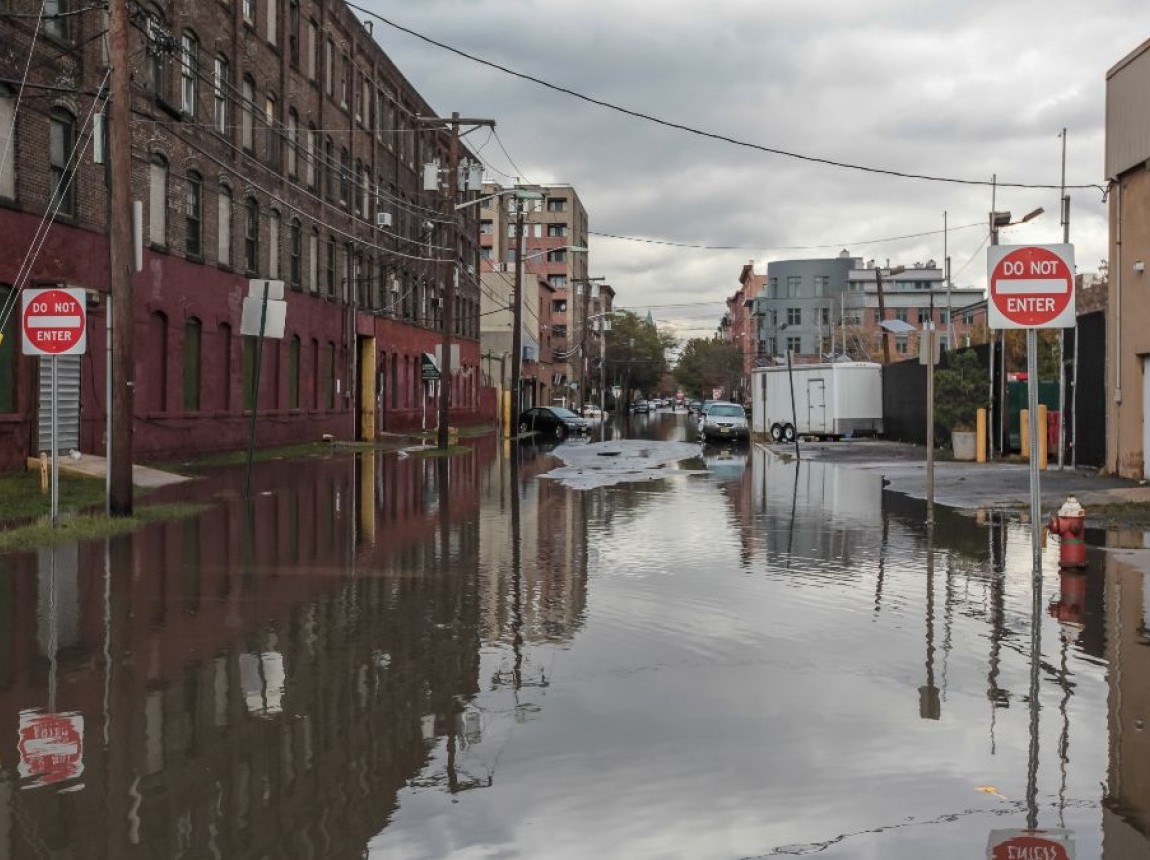Related

Oct 21,2025
Cities and Counties Convene to Discuss
Building Performance Standards Research

Sep 08,2022
Yuan Lai, Bartosz Bonczak, Sokratis Papadopoulos, Franz Fuerst, Gary Pivo, Jacob S. Sagi, and Constantine E. Kontokosta have submitted a working paper to the SSRN repository, "Building Energy Retrofit Hurdle Rates and Risk Arbitrage in Energy Efficiency Investments." It is also Kenan Institute of Private Enterprise Research Paper No. 20-07.
Abstract
Despite extensive empirical evidence of the economic and financial benefits of green buildings, energy retrofit investments in existing buildings have not reached widespread adoption.This paper empirically estimate returns to energy retrofit investments for multifamily and commercial buildings in New York City, using a novel database of actual audit report recommendations and permitted renovation work extracted using natural language processing. By modeling the estimated rate of return for energy retrofit investments, we generate a more comprehensive understanding of the perceived risk of these investments and the market and regulatory mechanisms that can overcome financial and informational barriers to investment in energy conservation measures (ECMs). Based on auditor costs and savings estimates, the median internal rate of return (IRR) for adopted ECMs is found to be 21% for multifamily buildings and 25% for office properties. Adoption rates are higher for office buildings than multifamily, and in both cases adopter buildings tend to be larger, higher value, and less efficient at the time of implementation. The economically significant magnitudes of returns to adopted ECMs raise important questions about why many property owners choose not to adopt. As such, we discuss incentive and regulatory mechanisms that can overcome financial and informational barriers to the adoption of energy efficiency measures.
Please fill out the information below to receive our e-newsletter(s).
*Indicates required.